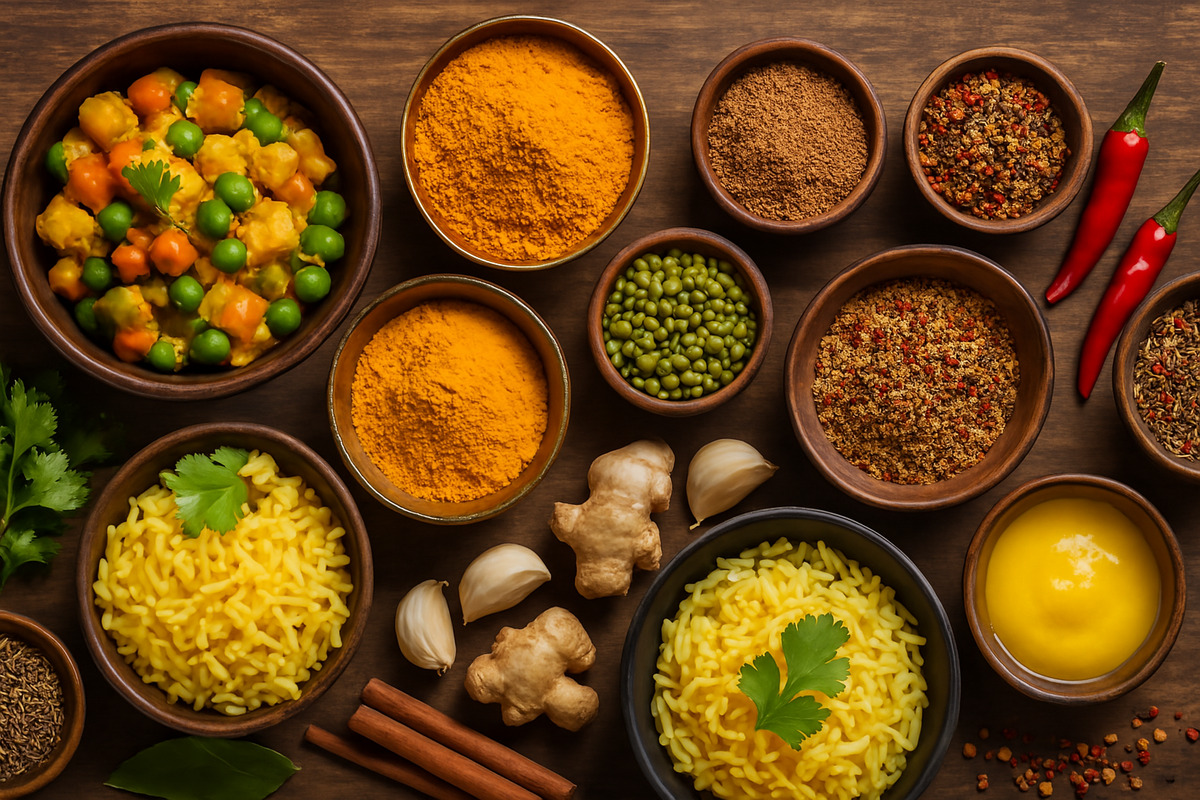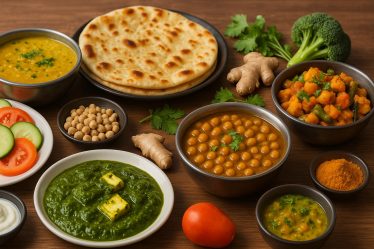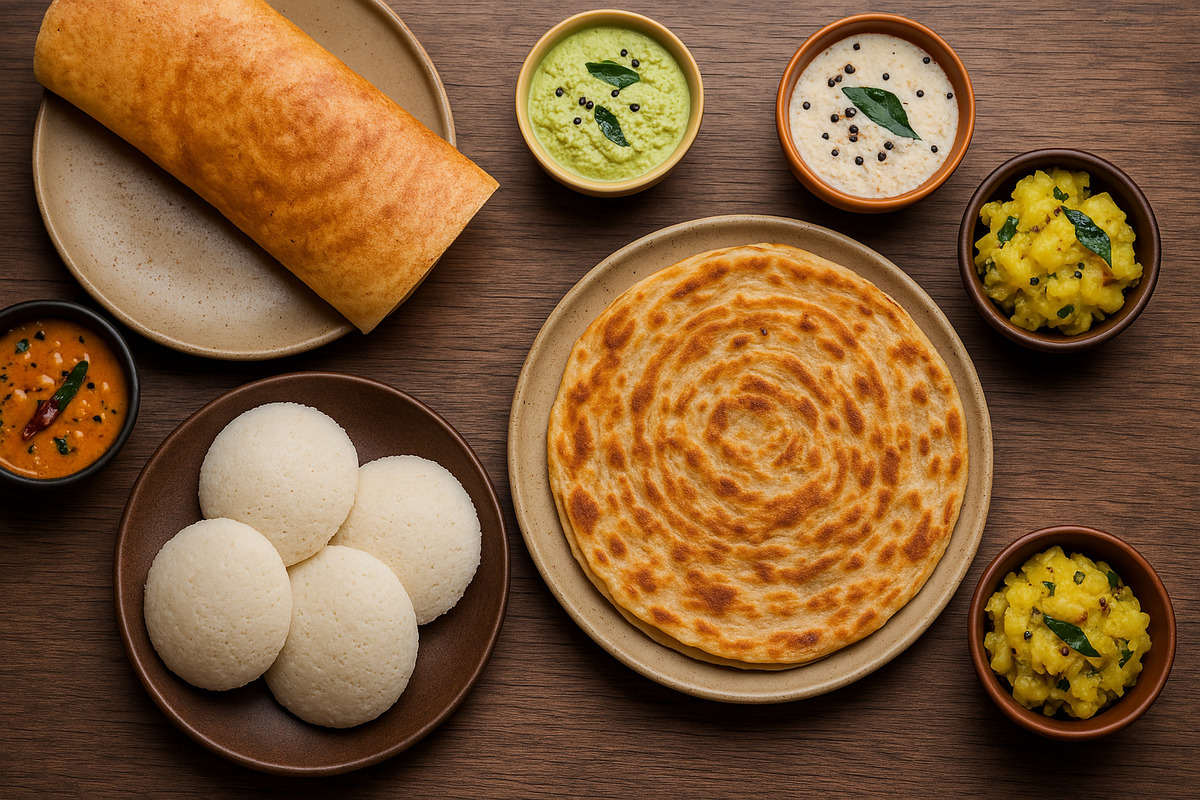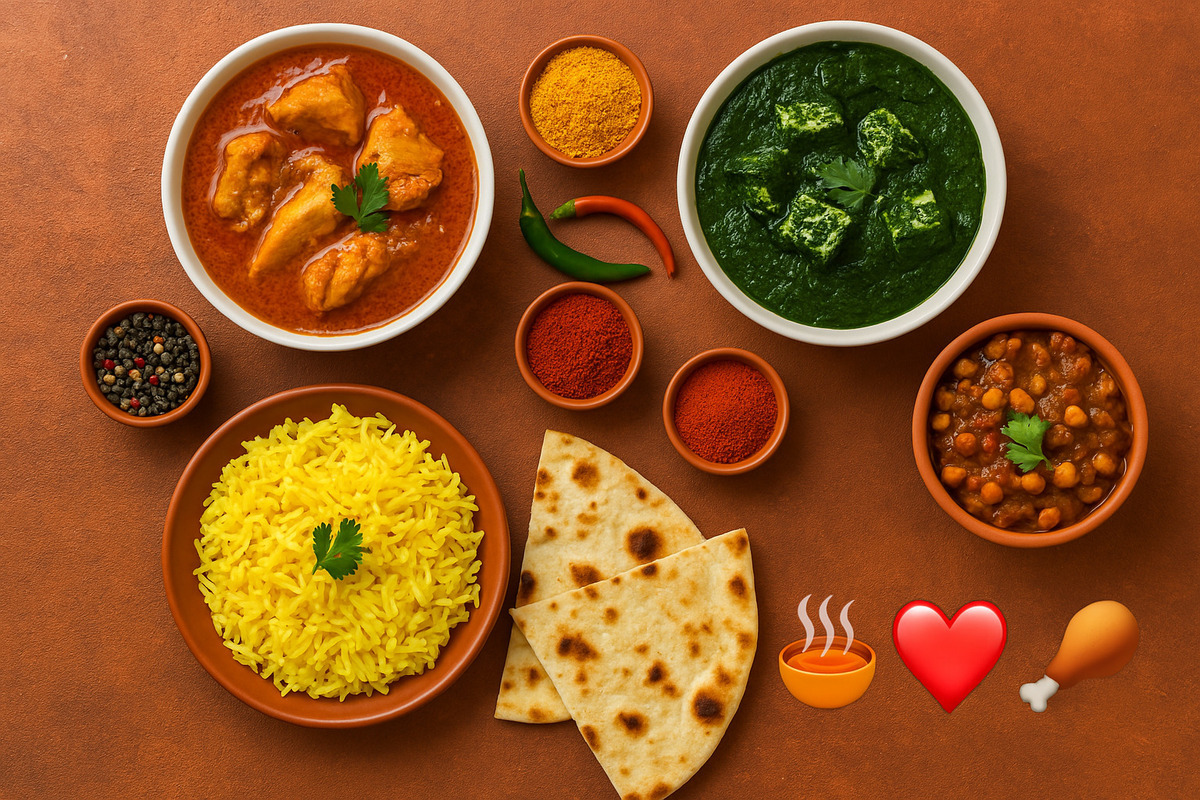
Ayurveda offers a rich tradition of culinary wisdom that blends taste, nourishment, and balance in every dish. This approach to cooking answers the question: How can we prepare meals that support physical well-being and mental harmony? The ancient system of Ayurveda is built on the idea that every ingredient carries its own energetic qualities, and by aligning these energies with your body’s constitution, food becomes medicine.
Understanding the Ayurvedic Approach
Ayurveda categorizes foods by their inherent qualities, which can be either heating or cooling, heavy or light, and dry or moist. Recognizing these characteristics allows you to design meals that balance your inner energies. An important aspect of this practice is adapting recipes to suit seasonal changes and your body type. Whether you favor a warm bowl of soup in winter or a crisp salad in summer, every dish can be tailored to meet your needs.
Key Elements in Ayurvedic Cooking
- Balance of Flavors: Ayurvedic cooking relies on six primary tastes—sweet, sour, salty, bitter, pungent, and astringent. Each meal should ideally include a combination of these tastes to satisfy both hunger and the senses.
- Fresh Ingredients: The emphasis on using locally sourced, fresh produce ensures that every bite carries the natural energy of the earth.
- Digestive Fire (Agni): Strengthening the digestive fire is a central concept. Spices like ginger, turmeric, and cumin are often added not only for their flavor but also for their ability to stimulate digestion.
- Seasonal Adjustments: The natural world is in constant flux, and so is our internal balance. Ayurvedic recipes encourage adapting meals to the prevailing weather and personal rhythms.
Steps for Cooking with Ayurvedic Principles
- Assess Your Dosha:
Every person has a unique balance of three doshas: Vata, Pitta, and Kapha. Reflect on your predominant dosha to choose ingredients and spices that support your well-being. - Plan a Balanced Menu:
Use the six tastes as a guide. Include one or more of each taste in your meal to achieve equilibrium. For example, a dish might feature the sweetness of seasonal vegetables, the sourness of a squeeze of lemon, a pinch of salt, a bitter green, a dash of pepper, and astringent lentils. - Choose Appropriate Spices:
Spices are the cornerstone of Ayurvedic cuisine. Consider combining cumin, coriander, fennel, and turmeric to stimulate your digestive fire while ensuring the meal remains balanced. - Cook with Mindfulness:
Set aside distractions while you prepare food. Concentrating on each step—from chopping vegetables to stirring the pot—transforms cooking into a meditative practice. - Serve and Enjoy:
Present your meal in a way that appeals to all senses. The vibrant colors of fresh produce, the enticing aroma of warm spices, and the harmonious blend of flavors create an uplifting dining experience.
Five Ayurvedic Cooking Tips
- Tip 1: Start with a Clean Slate
A clean kitchen and a clear mind foster the creation of dishes that are both nutritious and healing. - Tip 2: Use Ghee as a Base
Clarified butter, known as ghee, is widely used for its ability to promote digestion and add a rich, smooth texture to dishes. - Tip 3: Simmer with Spices
Allow spices to simmer in oil before adding other ingredients. This process releases their full flavor and health benefits. - Tip 4: Maintain Variety in Your Diet
Consuming a range of vegetables, grains, and proteins keeps the digestive system active and balanced. - Tip 5: Practice Gratitude
Taking a moment to acknowledge the nourishment you receive can deepen the connection between food and wellness.
Integrating Ayurvedic Wisdom into Everyday Meals
Cooking with Ayurvedic principles does not require complex techniques or rare ingredients. Simple adjustments in the kitchen can align your meals with the natural forces that govern life. Begin by incorporating a few spices that stimulate digestion, and gradually expand your repertoire to include a variety of tastes and textures. Pay attention to your body’s signals after each meal, and adjust the ingredients accordingly.
Balanced meals help support a state of equilibrium that nourishes not only the body but also the mind. The daily act of cooking transforms into a ritual that supports overall wellness. Each step in the preparation process becomes a celebration of life, where nature’s bounty and time-honored practices come together to form dishes that bring vitality and clarity.
The practice of aligning your cooking with Ayurvedic principles transforms ordinary meals into thoughtful, personalized experiences. This culinary approach inspires creativity while serving as a pathway to greater well-being and mindful nourishment.


